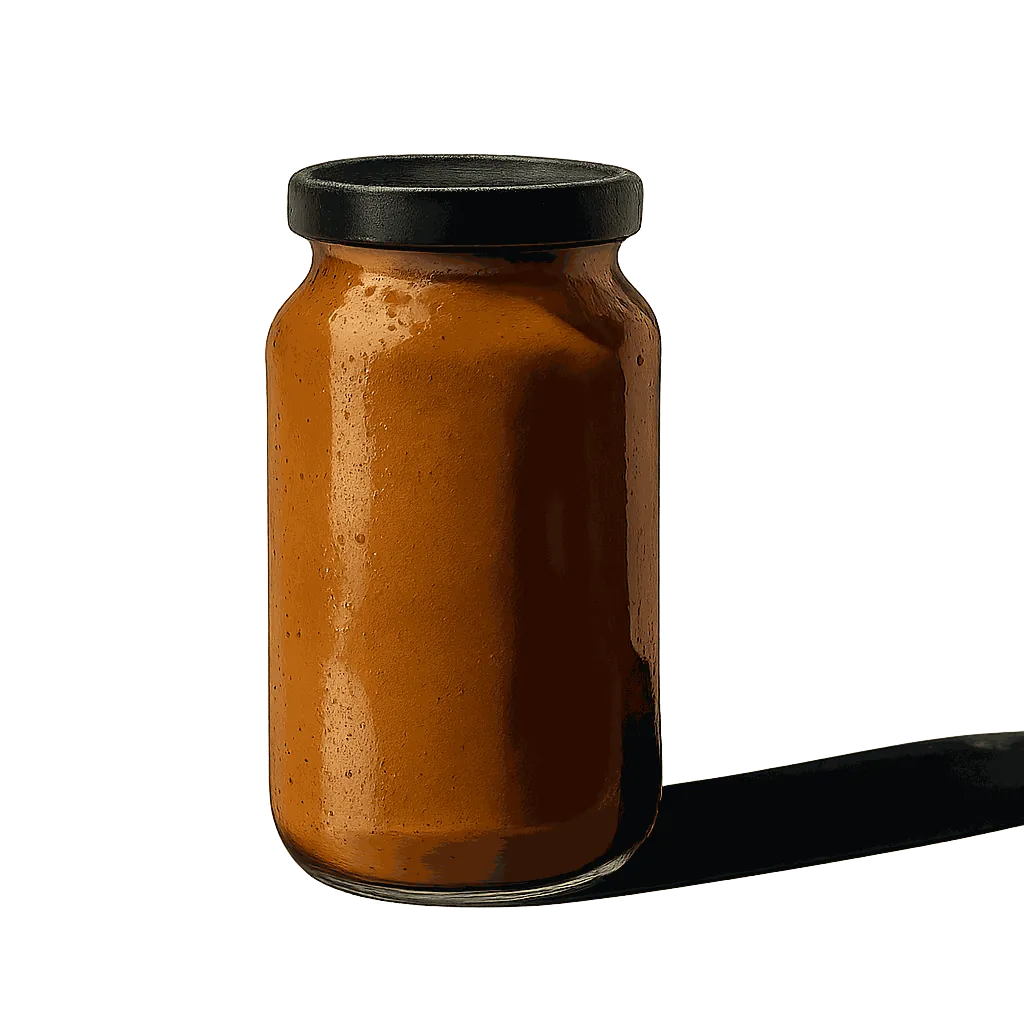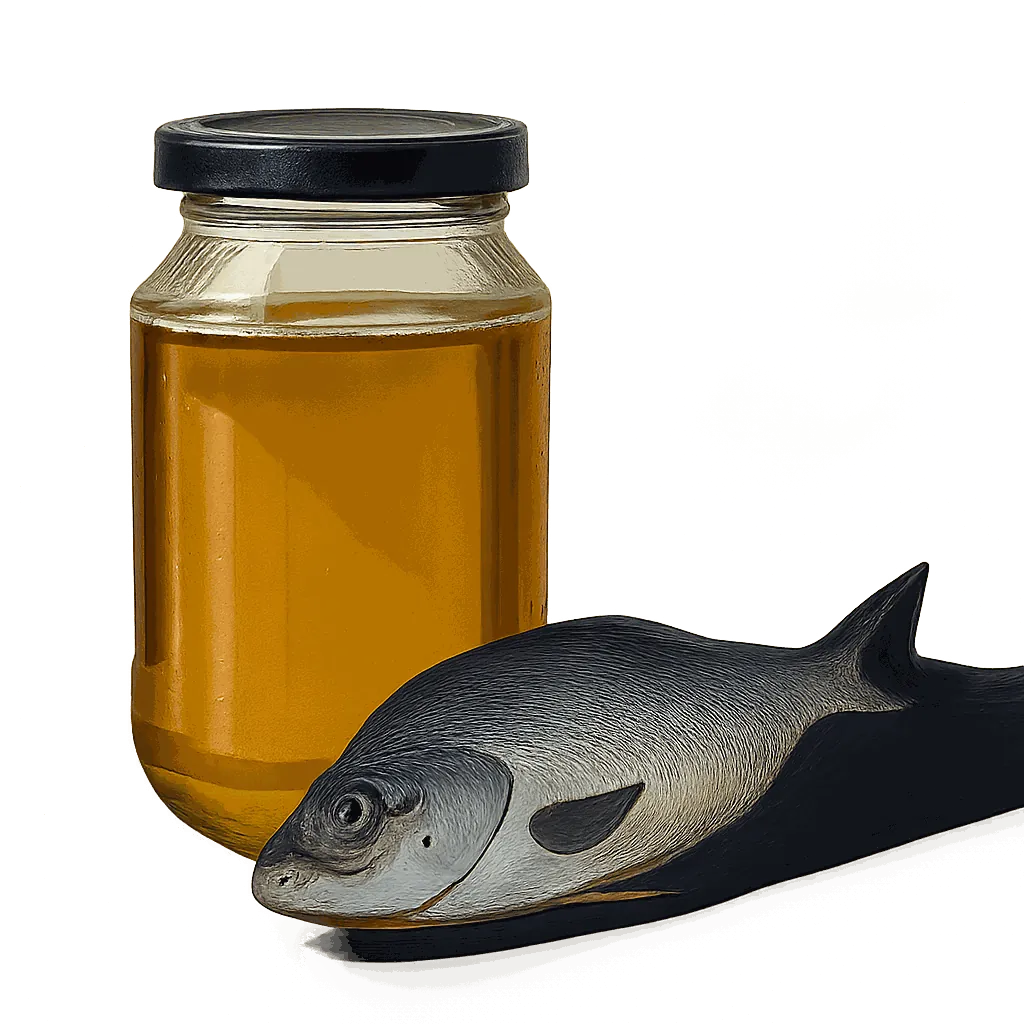Perfect Pairings & Recipes for
Riesling (Saar)
.webp)
Exquisite Riesling (Saar) flavour pairings and recipes, revealed through data science.
Riesling (Saar) conjures the evocative embrace of sour apple and the bracing kiss of pear. But look beneath its obvious sourness and you'll discover a captivating symphony of softer notes, a whisper of petrichor, a hint of blossom, and subtle accents reminiscent of peach. These are the notes that lend it such remarkable, resonant depth. And the alchemy of the kitchen begins when we seek out partners that allow these notes to truly sing, to harmonise in unexpected and delightful ways.
To illuminate these harmonies, we embarked on an ambitious journey, analysing thousands of ingredients. Each was meticulously deconstructed across 150 distinct flavour dimensions, allowing us to pinpoint precisely which notes complement in both classic and unexpected ways. Our exploration reveals, for instance, how the roasted, nutty 2-acetyl-1-pyrroline in short-grain rice can embrace Riesling (Saar), and how dried chilli's capsicum notes forge a beautiful synergy with its crisp tartness.
Flavour Profile Of Riesling (Saar) Across 150 Dimensions Of Flavour
Flavour wheel chart showing the dominant flavour notes of Riesling (Saar): Malic, Pear, Peach, Blossom, Petrichor, Honeyed, Grapefruit, Plum, Flint, Elderflower, Astringent, Ficus, Melon
An ingredient's flavour profile is determined by its core characteristics (e.g. acidic, floral, and earthy) enhanced by layers of subtle aroma notes (outer bars). When pairing ingredients, aim for a mix of core traits to build balance, and select complementary aroma notes to create harmony.
The Secret Language of Flavour
To understand how flavour notes harmonise, we analysed more than 50,000 popular ingredient combinations. By exploring these pairings, we identified specific flavour notes that frequently occur together, indicating they share a harmonious relationship.
The Flavours That Harmonise With Malic Notes
Strength of Association Between Flavours
The flavours most associated with malic notes are: Hoppy, Capsicum, Saline, Capsaicin, Oceanic, Fishy, Peppercorn, Lactic, Seaweed, Smoky, Sulfurous, Charred, Oyster, Peaty, Camphor.
Our analysis shows that the flavour of sour apple is strongly associated with the flavour of bell pepper. This suggests we should look for ingredients with a capsicum flavour, such as dried chilli, when pairing with the malic aroma notes of Riesling (Saar).
The recipe below provides inspiration for pairing Riesling (Saar) with dried chilli.
Harmonious Flavours Of Riesling (Saar)
Just as our analysis indicated that sour apple and hoppy flavours combine harmoniously, we can identify the full profile of flavours that harmonise with each of the notes present in Riesling (Saar). For instance, the pear-like flavours of Riesling (Saar) are strongly associated with seaweedy and porky flavours.
The notes associated with the various aroma accents of Riesling (Saar) can be seen highlighted in the pink bars below.
Flavour Profile Of Riesling (Saar) And Its Complementary Flavour Notes
Flavour wheel chart showing the dominant flavour notes of Riesling (Saar): Malic, Pear, Peach, Blossom, Petrichor, Honeyed, Grapefruit, Plum, Flint, Elderflower, Astringent, Ficus, Melon
Matching Flavour Profiles
The flavour profile of short-grain rice offers many of the aroma notes complementary to Riesling (Saar), including rice and lacteal aromas. Because the flavour profile of short-grain rice has many of the of the features that are complementary to Riesling (Saar), they are likely to pair very well together.
Prominent Flavour Notes Of Short-grain Rice Are Represented By Longer Bars
Flavour wheel chart showing the dominant flavour notes of Short-grain rice: Rice, Starch, Lactic, Milky, Caramel, Coconut, Maltol, Toasted, Glutamic, Honeyed, Molasses, Proteolytic, Chestnut, Fungus, Buttery
The chart above shows the unique profile of short-grain rice across 150 dimensions of flavour, while the recipes below offer inspiration for bringing these flavours together with Riesling (Saar).
Recipes That Pair Riesling (Saar) With Short-grain Rice
Linked Flavour Notes
Looking at the aromas that are most strongly associated with the various flavours of Riesling (Saar), we can identify other ingredients that are likely to pair well.
Riesling (Saar)'s Harmonious Flavours And Complementary Ingredients
Riesling (Saar)'s Strongest Flavours
Complementary Flavours
Ingredients with Complementary Flavours
Flavour groups:
Nectarous
Acidic
Floral
Herbal
Spice
Vegetal
Maillard
Earthy
Woody
Carnal
The left side of the chart above highlights the aroma notes of Riesling (Saar), along with the complementary aromas associated with each note. While the right side shows some of the ingredients that share many of the aroma notes complementary to Riesling (Saar).
Prominent Pairings
Our analysis identifies dishes that pair well with Riesling (Saar) and highlights the prominent ingredient combinations within these recipes. Key pairs include dashi and daikon offering intense aroma, spring onion and ginger for spiciness, sesame oil and light soy sauce for glutamic depth, and sesame seed and pickled ginger for a complex ginger-like undertone. Explore these combinations to unlock Riesling (Saar)'s hidden complexity, reveal deep nuance, and elevate its vibrant character.
Ingredient Combinations Among Dishes That Pair With Riesling (Saar)
Flavour groups:
Sweet
Sour
Botanic
Spice
Vegetal
Bitter
Umami
How Flavonomics Works
We've pioneered a unique, data-driven approach to decode the intricate art of flavour pairing. Our goal is to move beyond intuition and uncover the science of why certain ingredients harmonise beautifully. This rigorous methodology allows us to provide you with insightful and reliable pairing recommendations.
Our analysis begins with over 50,000 carefully selected recipes from acclaimed chefs like Galton Blackiston, Marcello Tully, and Pierre Lambinon. This premium dataset ensures our model distils genuine culinary excellence and creativity.
Each ingredient from these recipes is deconstructed across 150 distinct flavour dimensions, creating a unique numerical "flavour fingerprint." This quantification allows us to apply advanced analytical methods to identify complex patterns between flavour notes.
We identify popular ingredient combinations that frequently appear in our recipe database. Regression analysis is then performed on these pairings to statistically validate and pinpoint truly harmonious flavours.
These insights drive our predictive model, which allows us to take any ingredient (e.g., Riesling (Saar)), analyse its detailed flavour profile, and accurately reveal its complementary flavours and perfect ingredient partners.
Explore More
Discover more ingredient profiles and expand your culinary knowledge. Each ingredient page offers detailed analysis of flavour profiles, pairing insights, and culinary applications.
The content on our analysis blog is semi-automated. All of the words were manually written by a human, but the content is updated dynamically based on the data.


